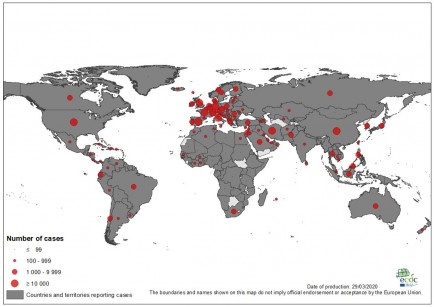Even if you’ve loved dairy for a long time, there are reasons to reconsider, not least of which is climate change. Willett notes that considering different sources of protein, the costs of dairy to the environment are probably five to 10 times greater than plant-based protein sources. Dairy farms consume more water. They can contribute to water pollution. Large-scale dairies may depend on antibiotics to keep their animals healthy, which contributes to antibiotic resistance in people. He says limiting dairy production would make a “major contribution” to reaching greenhouse gas targets.
Some dairy alternatives have their own environmental issues. Almonds, for example, are a water-intensive crop.
Miller, of the National Dairy Council, says dairy farmers are working to green their operations.
“U.S. dairy only accounts for approximately 2% of total U.S. greenhouse gas emissions. Farmers continue to make even more environmental progress. For example, producing a gallon of milk in 2017 involved 30% less water, 21% less land, 19% smaller carbon footprint and 20% less manure than in 2007,” he says.
Original article: https://www.webmd.com/diet/news/20200214/rethinking-mik-science-takes-on-the-dairy-dilemma




























Comments